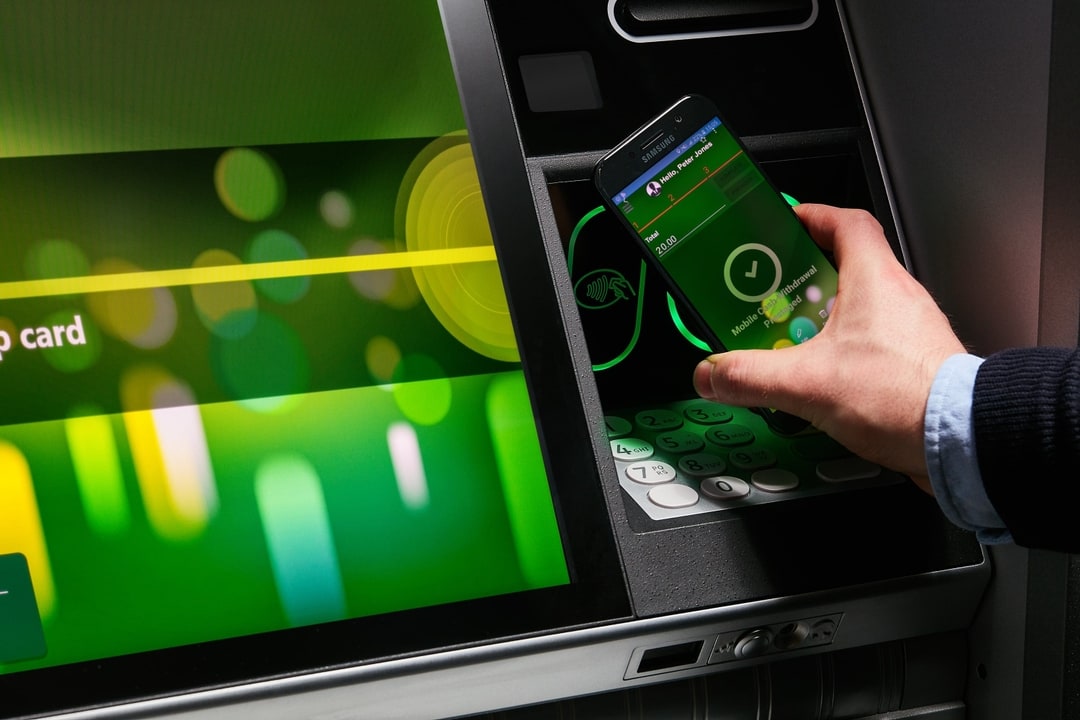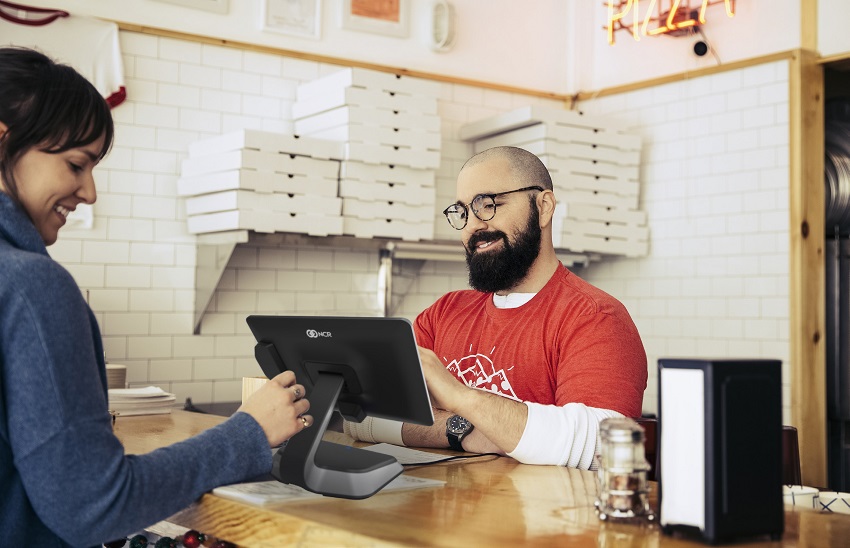What’s the secret to an agile retail strategy for the future?
Published March 1, 2022
In an uncertain world, agility is everything which is why retailers are rushing to implement digital solutions which can help them deliver the agile retail vision of the future.
If we have learned anything over the past few years, it’s that we need to be agile in retail to keep things moving forward in light of changing consumer demands, supply chain issues, inventory shortages and price inflation.
These issues have pushed digital transformation in retail to the forefront to find ways to be more flexible, efficient and cost-effective. A study from BDO shows 61% of retailers plan to increase their spending on digital investments this year to redesign the customer experience with a more agile approach.
With customers shifting much of their purchasing power online, they now demand a more robust digital customer experience. They expect the same flexibility and agile process whether they are online or shopping in-store.
What is retail agility?
Retail agility is the ability to change, evolve and pivot when necessary, as consumer demands shift. The agile methodology itself has roots in software development. DevOps (development + operations) teams work together to continuously develop, test and improve performance. DevOps teams use a system of continuous integration and continuous deployment (CI/CD) that is constantly growing, evolving and improving.
Retail leaders in digital transformation have adapted this agile strategy to fuel innovation and deliver better customer experiences. It’s resulted in a shift in mindset that threw much of conventional thinking out the proverbial window. Rather than spend years researching, planning and developing products and processes, agile theory focuses on creating minimal viable products (MVPs), getting rapid feedback and iterating for refinement.
For example, an agile marketing strategy allows you to respond more quickly when customer data indicates a shift in priorities or customer behavior. In an agile retail framework, the customer becomes part of the iteration process and helps guide further development.
Driving the retail transformation are four key aspects of the agile methodology:
1. Individuals and interactions take precedent over processes and tools
2. Working products take precedent over comprehensive development
3. Customer collaboration is essential to product or process development
4. Responding to consumer changes is more important than following a prescribed plan.
In essence, the commitment to adapting to changes in the customer journey is the plan.
A McKinsey study of retailers that moved quickly to agile strategies during the pandemic showed material gains. They were successful by focusing on a small set of defined priorities that were customer-centric. They created and empowered small cross-functional teams and pushed for faster decisions. Rapid decisions meant the process wasn’t always perfect, but by gathering customer feedback, they had faster iteration and learning cycles.
The customer is part of the iteration process when you enact agile processes. Because you are listening to customers' feedback and using it as part of your iteration process, you are improving the process in a way that customers appreciate. As such, customers respond better.
Over the past year, 40% of Americans have reported trying a new shopping method. The shopping experience transitioned through four multiple iterations quickly:
1. Shopping in-store
2. Buying online and picking up in-store (BOPIS)
3. Buying online and curbside delivery or home delivery
4. Touchless payments
Retailers that responded to changing needs saw improved customer loyalty and revenue growth, while many less agile retailers saw downturns. Customers voted with their spending.
In response to changing consumer buying habits, the share of retailers offering curbside pickup has now increased by more than 40%. More than three-quarters of shoppers that tried it said they plan to use the service more often and that it makes a choice in where they shop.
Why do we need an agile retail strategy?
The customer journey is changing and evolving right before our eyes. Here are just a few examples:
Department store and specialty retail
Traditional retailers are fighting the battle on two fronts. Consumers want the convenience of online shopping, self-serve and mobile tools within stores, and personalized service online.
From digital receipts, mobile tools for sales associates and augmented reality for online shoppers, you need the right technology to leverage customer engagement and improve the retail customer experience.
Grocery
With high turnover and labor force challenges, grocery stores are reinventing themselves to focus on their customers. Things are evolving rapidly, from home delivery to reducing friction in the checkout process, as grocery stores simplify operations.
Self-serve checkout and contactless point of sale systems have become mainstream. Eighty-seven percent of consumers during the pandemic said they preferred shopping in stores with self-checkout and touchless payment terminals.
Grocers have now taught customers to scan, bag and pay for their items themselves. And customers liked it.
Convenience stores and gas stations
Gas pumps have been self-serve for some time, but now they’re able to deliver personalized offers, engaging content and use an agile marketing strategy to drive customers inside stores.
C-stores are deploying self-serve kiosks to boost efficiency and speed up sales. Behind the scenes, stores modernize legacy technology and migrate to the cloud to facilitate mobile ordering, delivery and virtualizing store systems.
Related: How recent supply chain issues are impacting retail
Simplifying processes
Driving the success in light of these changing consumer demands is an agile approach to retail, and customers respond favorably. A common theme runs through most agile applications: simplifying processes. When you can identify and reduce friction, you speed up the process for everyone.
Conversely, failing to reduce friction can cost you customers. If you cannot deliver an omnichannel experience, for example, you risk sending customers to your competitors. If they want to use contactless pay or to speed through checkout, you better be able to provide what they want to remain competitive.
Retailers are also using an agile approach to rethink how they operate. One clothing chain reduced its warehouse space dramatically by storing more inventory at retail outlets, which fulfill online orders during downtime. When customers order online, the system knows where each piece of inventory is at every location, and local stores handle the shipping rather than warehouses. This cut costs dramatically and more than offset any additional shipping fees—even when fulfillment required shipments from multiple locations.
What tools are retailers using for a more agile retail customer experience?
Retailers are employing multiple tools to improve operations and customer experience.
Enhancing the in-store experience
Tech strategies include:
- Mobile POS
- Scan and go technology (self-checkout)
- Interactive kiosks
- Sensors to manage store traffic
- Greater use of data to uncover consumer trends
- Digital signage
Enhancing the online and mobile retail experience
Tech strategies include:
- Mobile apps and in-app purchasing
- Social commerce
- Shared online shopping carts
- Augmented reality
- Virtual consultations and appointments
- Voice shopping
These new agile approaches are reducing friction for shoppers. Wonder how that couch would look at your home? Now you can find out with AR tools. Don’t want to wait in line at the cashier? Check yourself out. Have a question for a salesperson? They can look it up without leaving your side and process your sale there, too.
These tools aren’t technology for technology’s sake. They are filling customer needs in new ways and providing a variety of benefits, including:
- Operational efficiency
- Lowering labor costs
- Increased brand loyalty
- Creating upsell and cross-sell opportunities
- Reducing friction and Improving customer experience
- Providing a framework for faster implementation of future services
All these tools can help you transform your company to offer the agile, responsive omnichannel your customers can expect. However, understanding what’s available and the need to become more agile is only part of the process. You also need to bring it all together into one system which enhances your service offering. Using a partner with in-depth expertise to design and implement a system which helps you achieve specific goals can propel you forward to an agile future.



